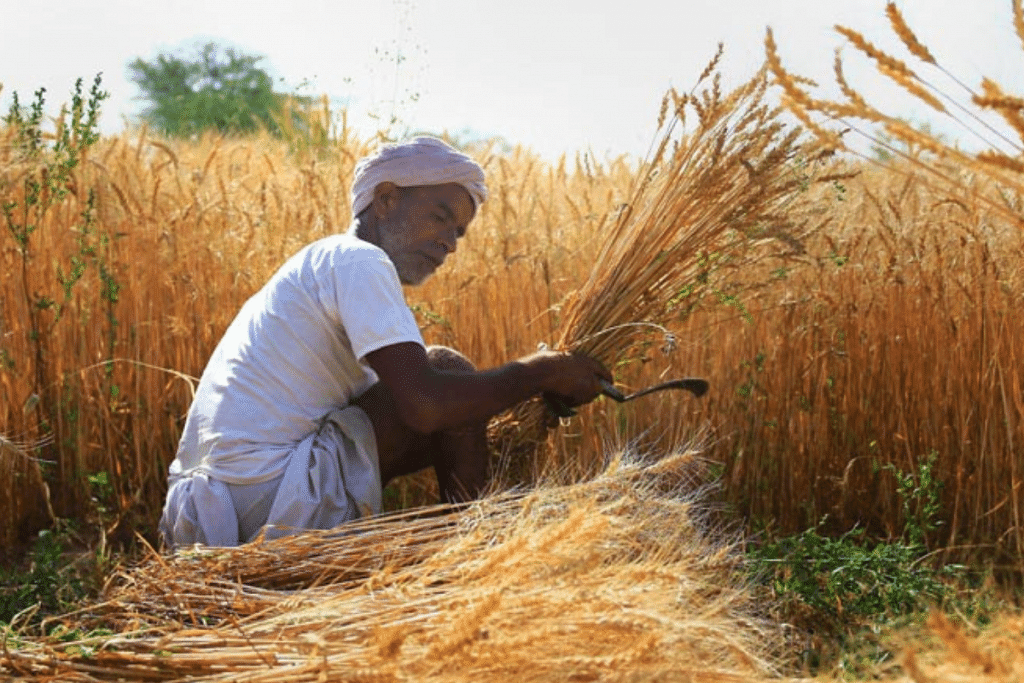In March 2023, the annual retail food inflation in India went down to 4.79 per cent, and it was taken to be a sign of relief by many. If that was the case, then why does the average consumer continue to complain about high food prices?
Most Indians don’t understand this issue clearly.
Every month, the central government releases consumer price inflation (CPI) data. If inflation is below 6 per cent, there is a palpable sense of happiness and satisfaction. TV business channels jump to discuss the possibility of a reduction in the Reserve Bank of India’s (RBI) policy rates — which have been raised by 250 basis points since May 2022.
One reason for this disconnect vis-a-vis interpreting CPI is that the inflation data discussed widely by the public is in annual terms, where the price trend is compared to the same month of the preceding year. Now let us look at the inflation data for March 2023 (Figure 1). The annual CPI of food (retail inflation) was at 4.8 per cent, which was over and above the inflation of 7.7 percent in the previous year, that is March 2022. This, too, had built on an inflation rate of about 4.9 per cent in March 2021. If you look at more historical data, the food price index of the country has been unilaterally rising since March 2020 with the onset of Covid-19.
So, the assumption that inflation rate has fallen below the RBI’s threshold of 6 per cent and, therefore, all is good now may be a stretch.
Besides, there is seasonality to these prices—festivals and monsoons witness spikes. For example, during Chaitra Navratri in March 2023, banana prices touched Rs 90 a dozen in Noida, up from about Rs 60.
Also read: How Sitharaman has done a big favour to MSMEs. It was long due
A pattern of average Indian household
Food is the most critical component of CPI, with a weightage of 46 per cent. Such a high weightage to food reflects the expenditure pattern of an average Indian household and a moderate income.
The Price Monitoring Cell of the Ministry of Consumer Affairs collects data on retail prices from across India. According to its data, in Delhi, the average monthly retail price of rice increased from Rs 31.10 per kg in March 2022 to Rs 38.26 per kg in March 2023 — a hike of 22.6 per cent.
In the same period, the price of wheat increased from Rs 23.33 per kg to Rs 29.39 per kg, a rise of 26 per cent. The price of wheat atta increased from Rs 27.13 per kg to Rs 30.45 per kg, which is an increase of 12.2 per cent.
These items are staple foods for most Indians, though the proportion of wheat and rice differs from region to region. The prices have risen even more in states that are deficient in the production of wheat and rice.
It is, therefore, no surprise that in March 2023, annual inflation in staple food — cereals and products — at the all-India level was 15.27 per cent.
Moreover, the lived experiences of people in different states would be very different. For example, the prices in Mumbai were much higher than in Delhi. In March 2023, the average prices of rice, wheat, and atta in Mumbai were Rs 35, Rs 46, and Rs 52 respectively. Therefore, the CPI shows variations in states, and the households in several states and cities would have experienced much higher inflation than what is reflected in the all-India figure of food inflation.
Another item of common consumption is milk, which saw an unusually high inflation of 9.3 per cent in March 2023. CPI data shows that vegetable inflation was in the negative zone, and the inflation was minus 8.5 per cent.
CPI captures the inflation in services also. If education, personal care, transport, recreation, and amusement get more expensive, the retail inflation will rise, as services have a weightage of about 24 per cent in the overall CPI basket.
Outlook for 2024
Going forward, depending on the final assessment of the crop size, we can expect some correction in wheat prices, though the price rise may remain muted due to the ban on the export of wheat that was imposed in May 2022. It is noteworthy that despite the ban, about 50 lakh tonnes of wheat was exported to deficient countries in 2022-23.
For rice, the government is carrying much higher stock than the buffer norm. Even though the predictions about El Nino seem more possible now, it is not just the level of monsoon rains but also the spread of rains that impact the Indian agricultural sector. If monsoon distribution in 2023 turns out to be nearly normal, we may not see much fall in the production of kharif crops of rice, tur, and soybean. In that event, the price rise of major food items may remain moderate.
However, milk prices may continue to remain elevated till the onset of winter. Lumpy skin disease, higher fodder prices, and crash of prices during Covid lockdowns may have contributed to lower milk production.
In 2022, compared to several other countries, food inflation in India was moderate. But the loss of jobs in the IT sector, stagnant wages, higher house rents, and transport costs have affected even those who have formal jobs, and therefore, continued food inflation is likely to impact the budgets of several Indian households.
Hussain is a former Union Agriculture Secretary. Saini is an economist and promoter of Arcus Policy Research. Views are personal.
(Edited by Humra Laeeq)
